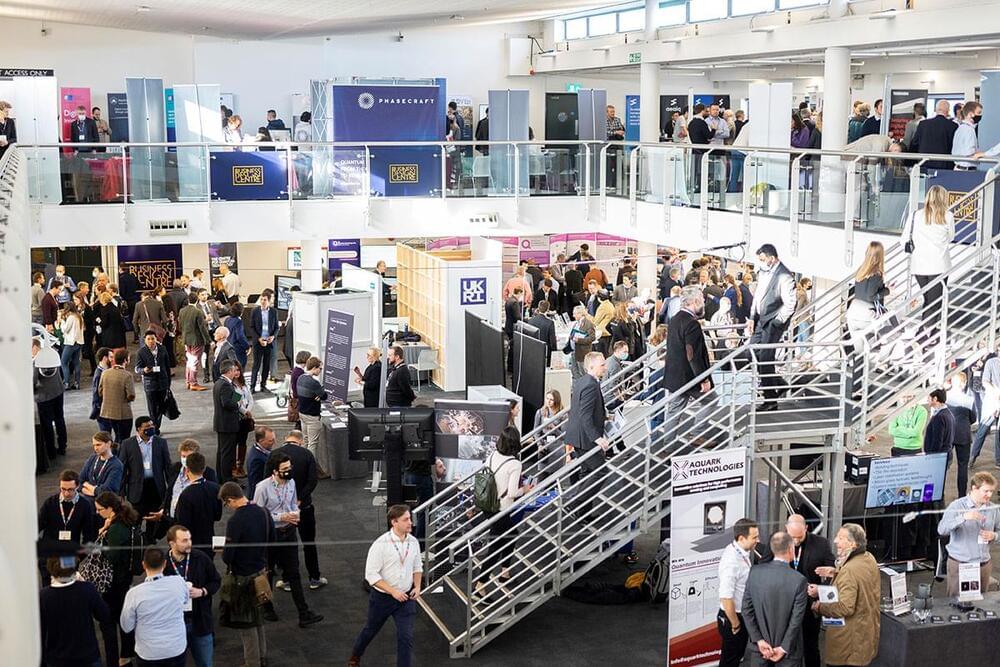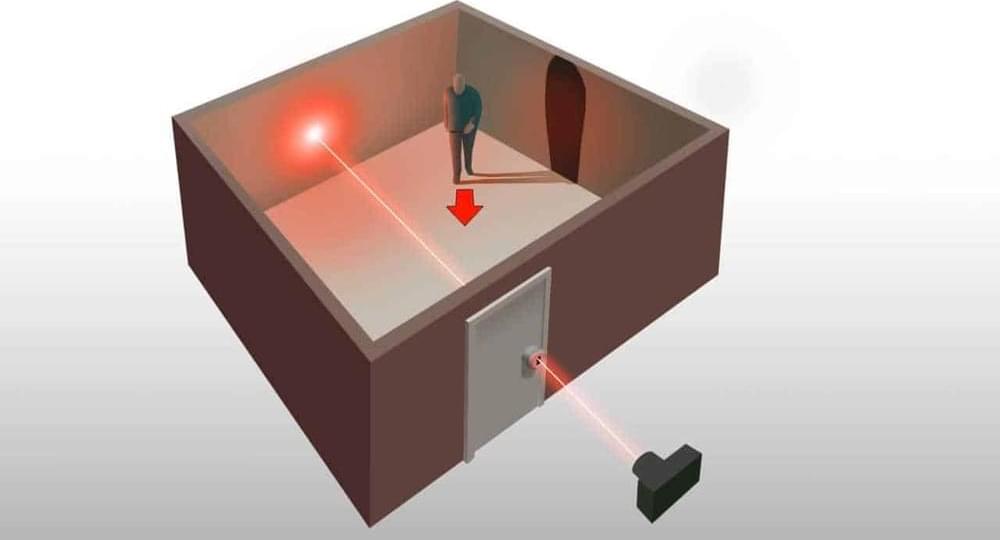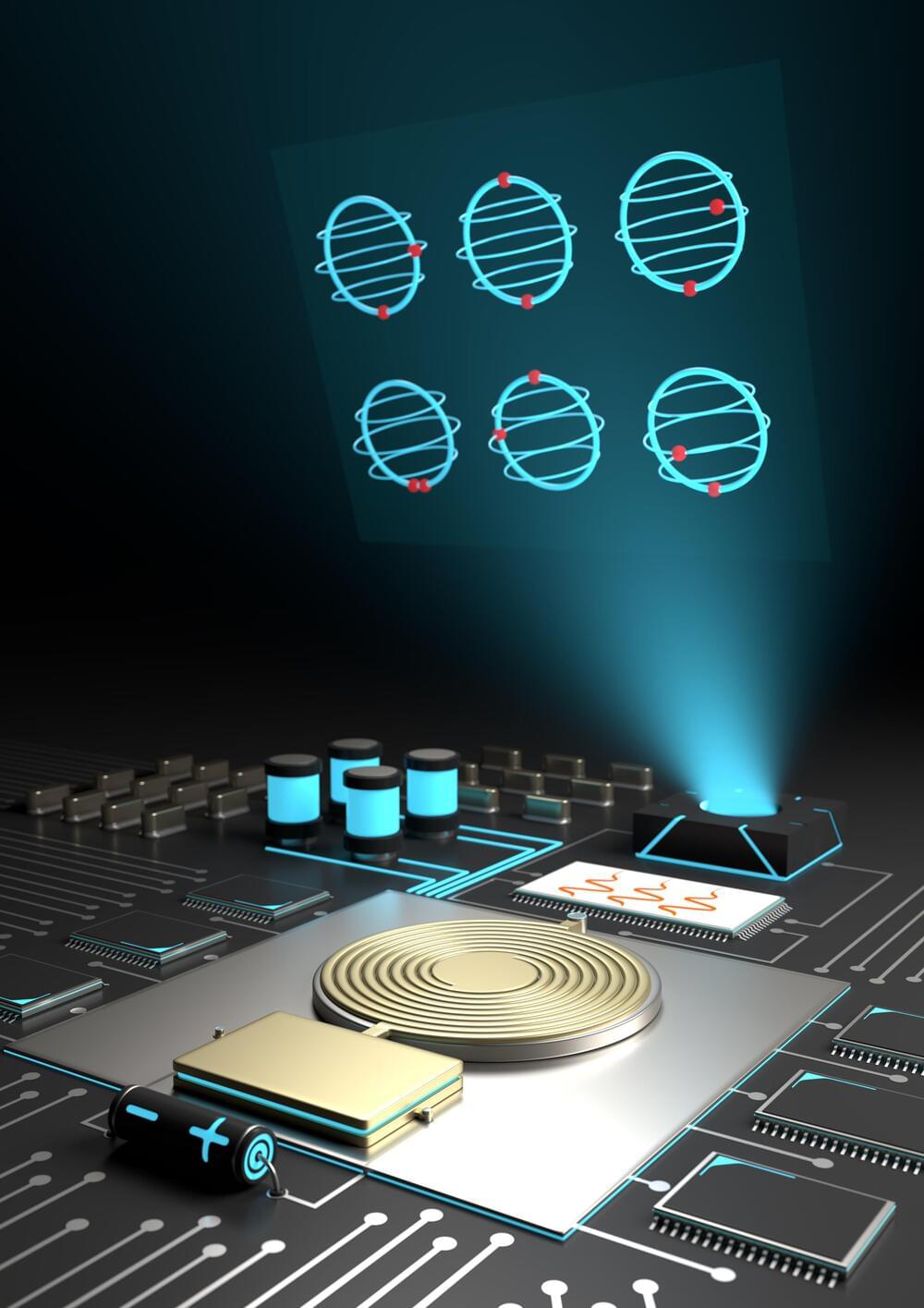Dec 12, 2021
Is Microsoft Launching a New Browser War?
Posted by Gemechu Taye in categories: computing, transportation
Microsoft’s attempts to steer Windows users toward the Edge browser are attracting notice. Can the Third Browser War around the corner?
Users of Microsoft’s Windows 10 and 11 operating systems have recently reported seeing unusual prompts when they attempt to download Google’s Chrome browser to their device, according to The Verge.
If Microsoft is indeed launching a third Browser War, can the mid-1990s be far behind? Men, put on your flat-front chinos or straight-leg jeans, women, put on a mini-skirt and knee socks, pop a disc with “The Macarena” into your car’s sound system, and head for the mall. There, Toy Story or Braveheart is playing, and you can stop by Starbucks for their new frozen Frappuccino.
Continue reading “Is Microsoft Launching a New Browser War?” »


















